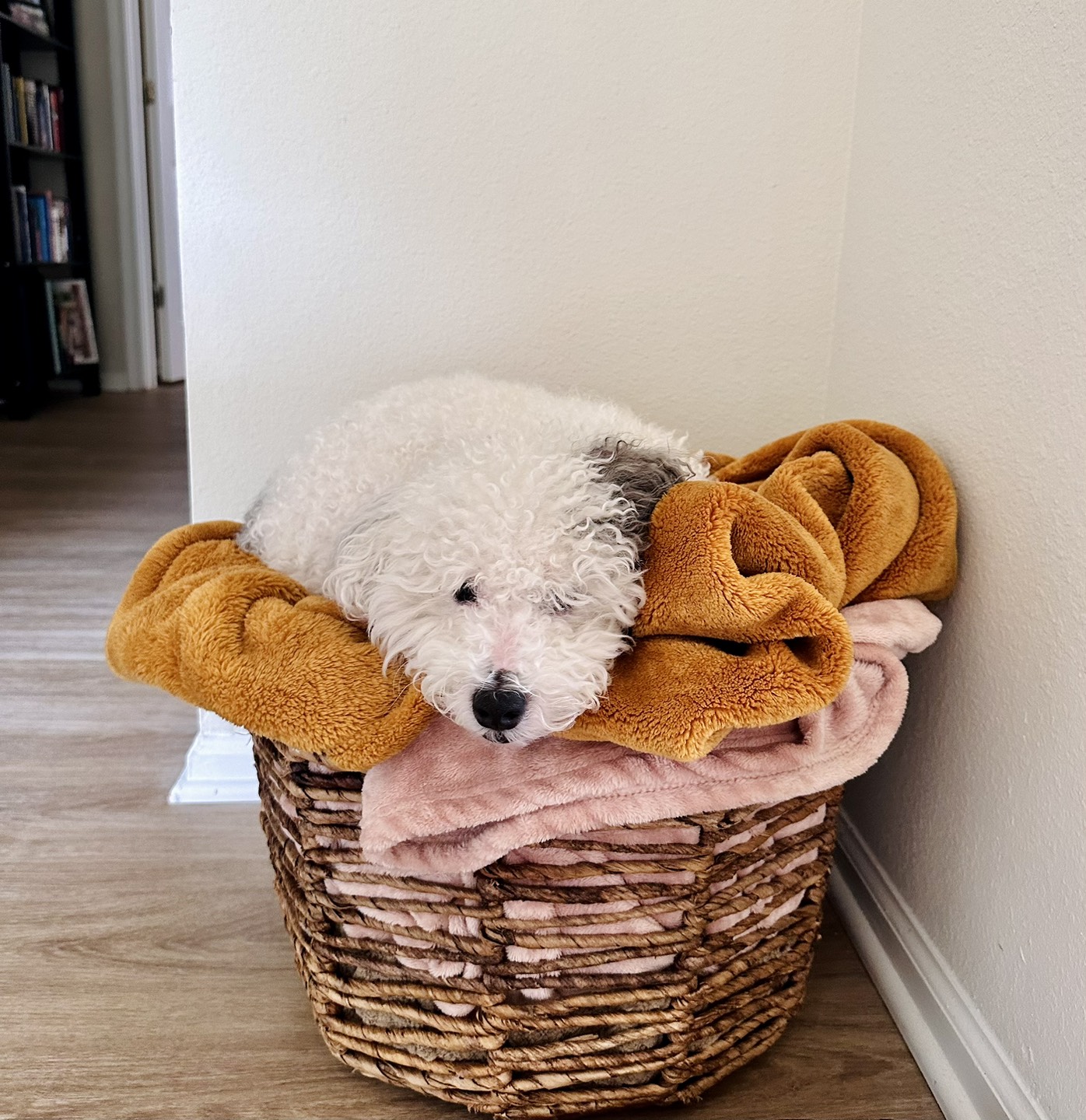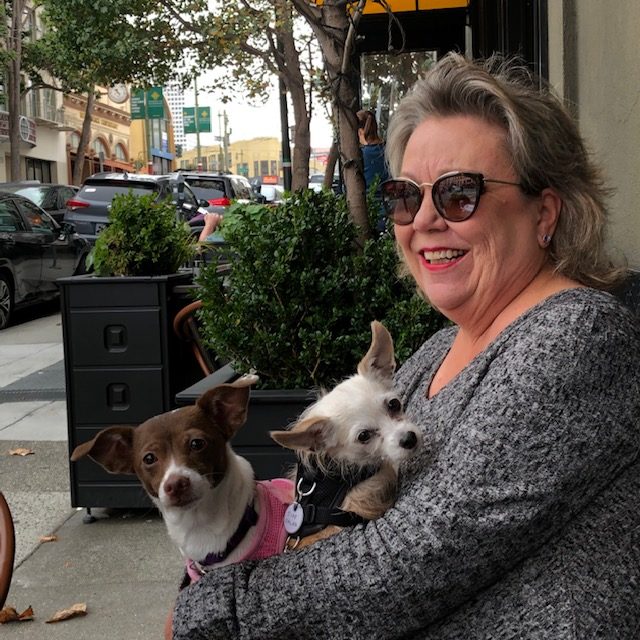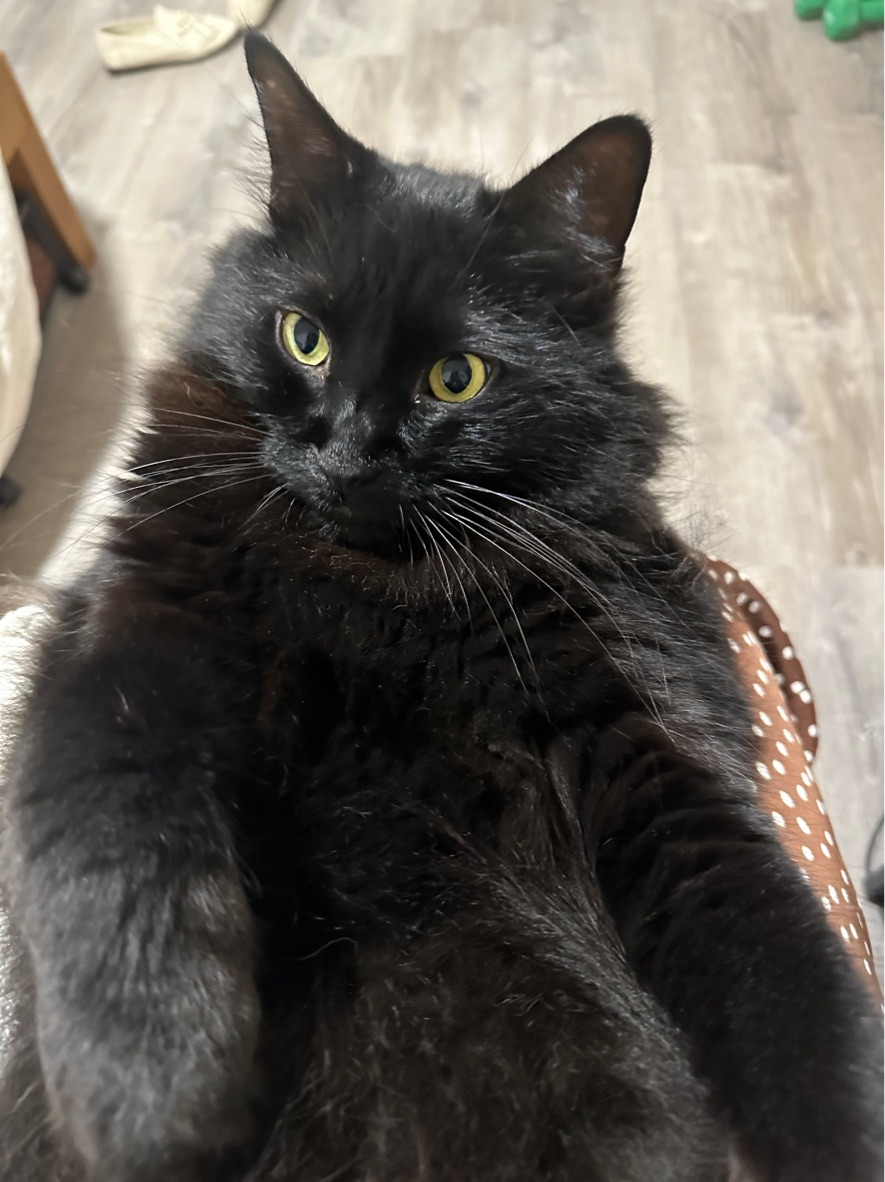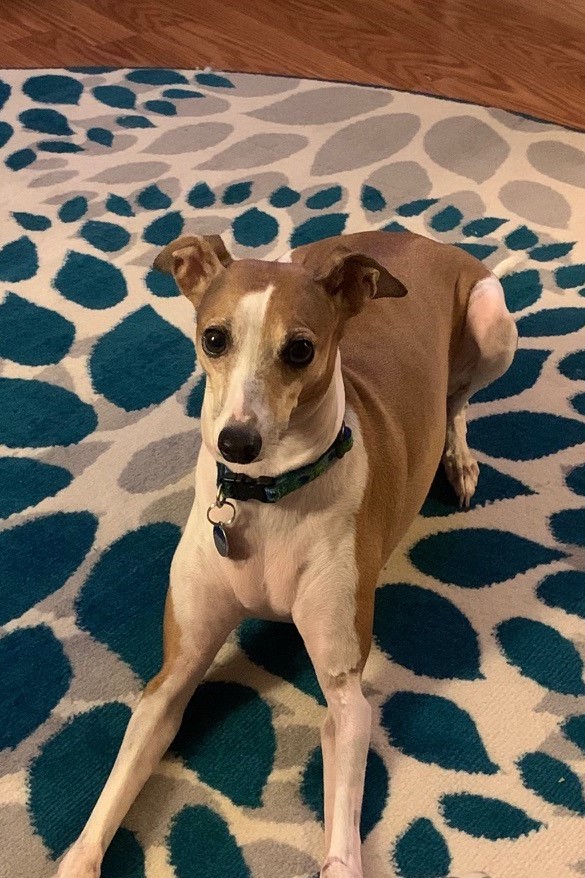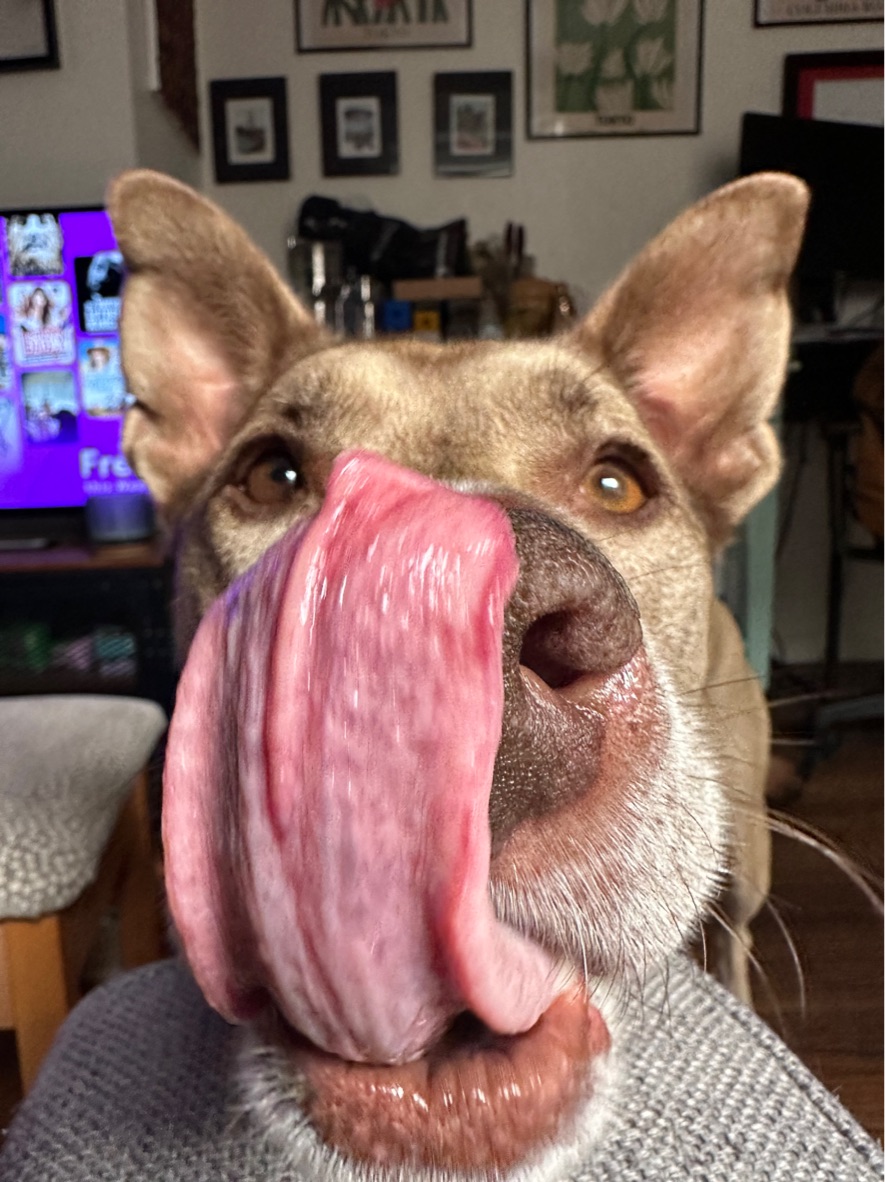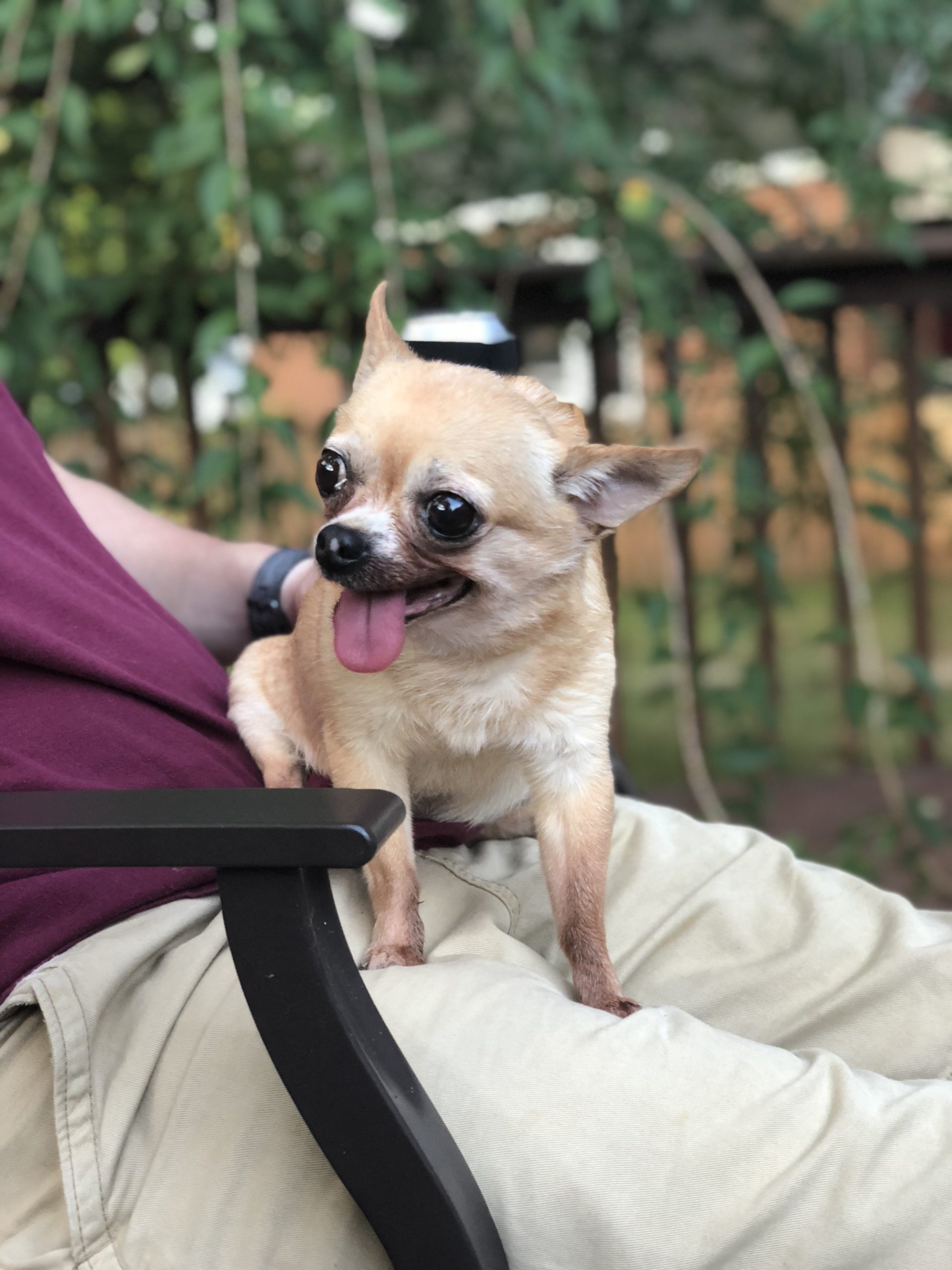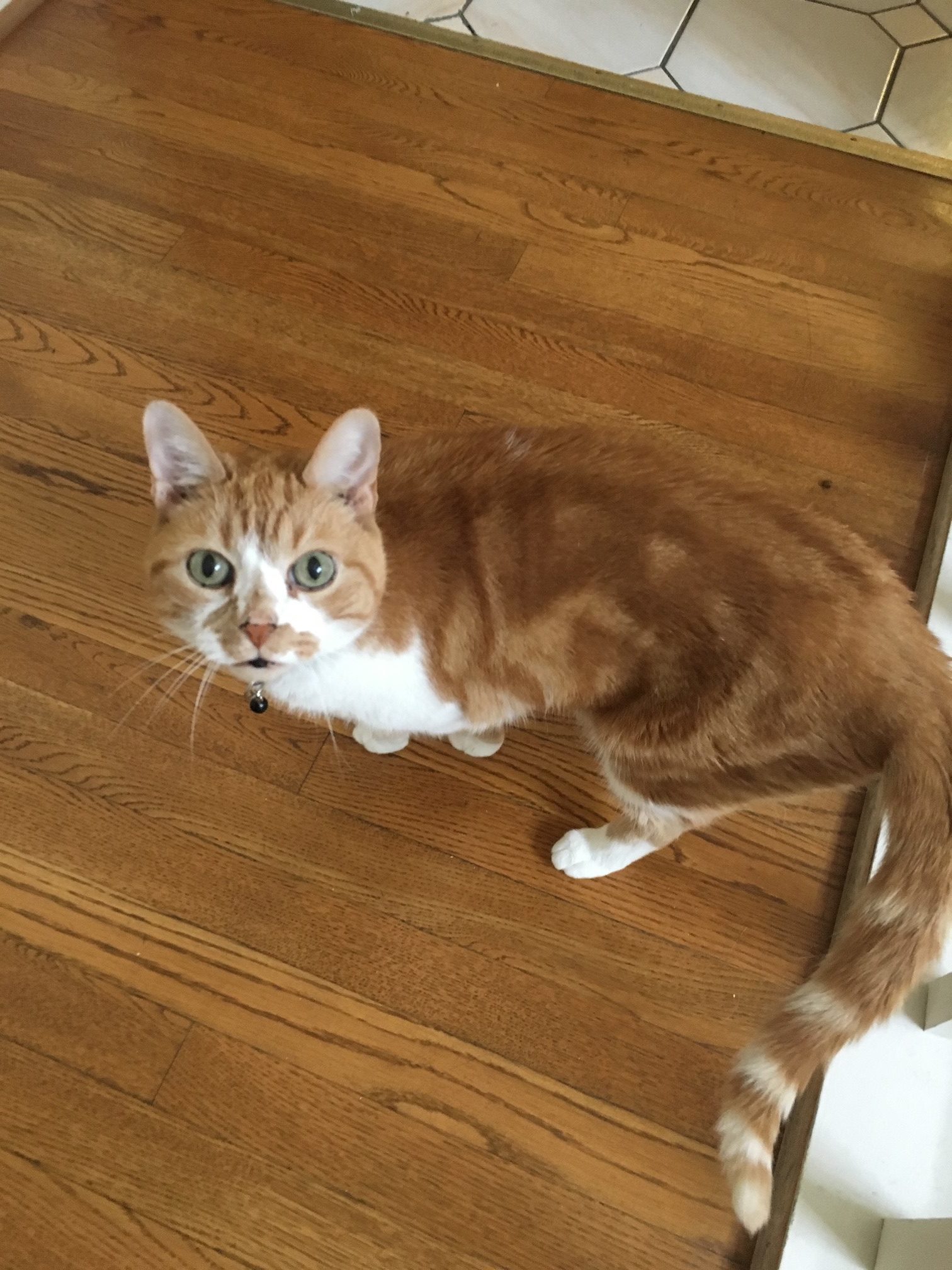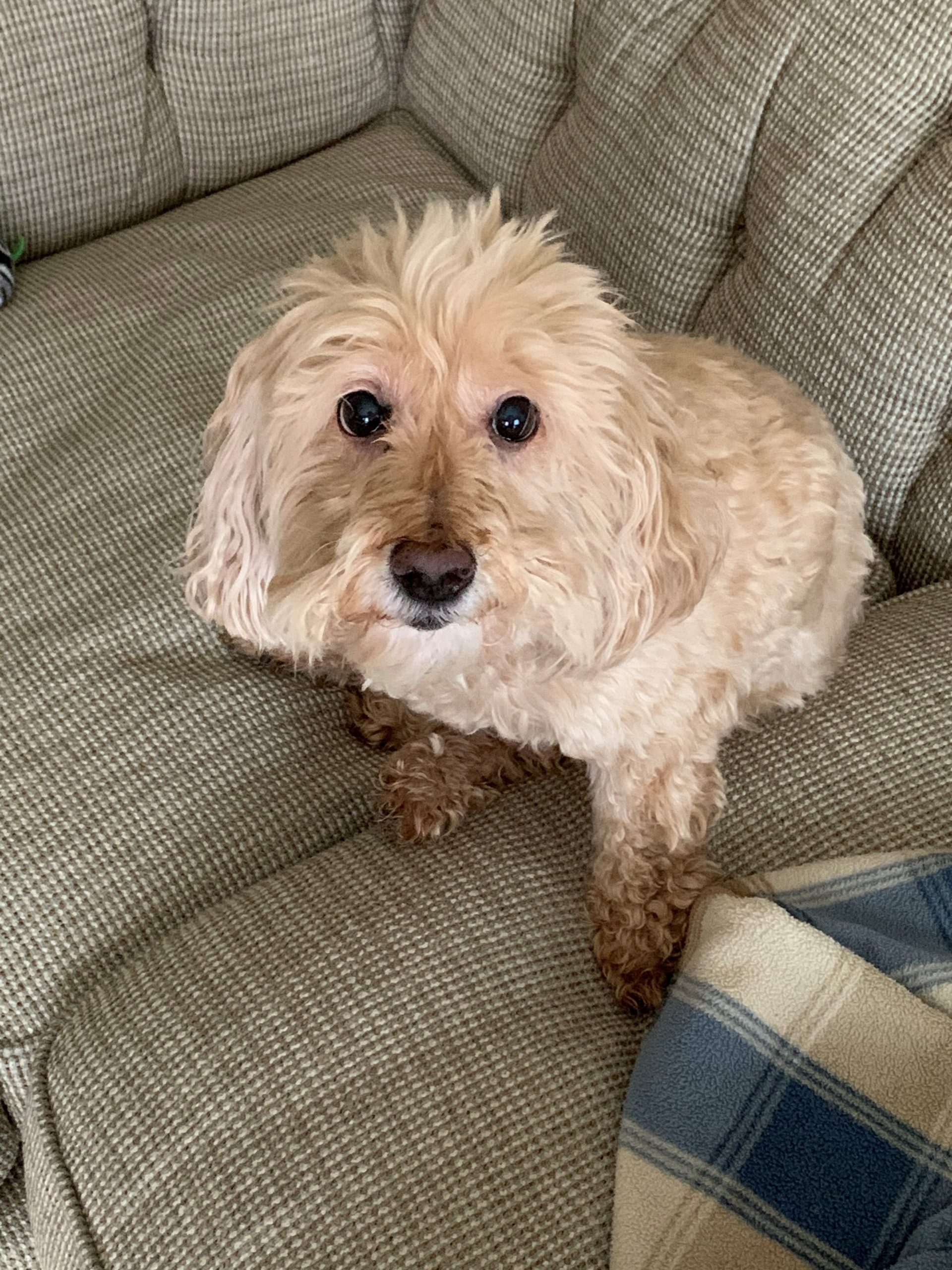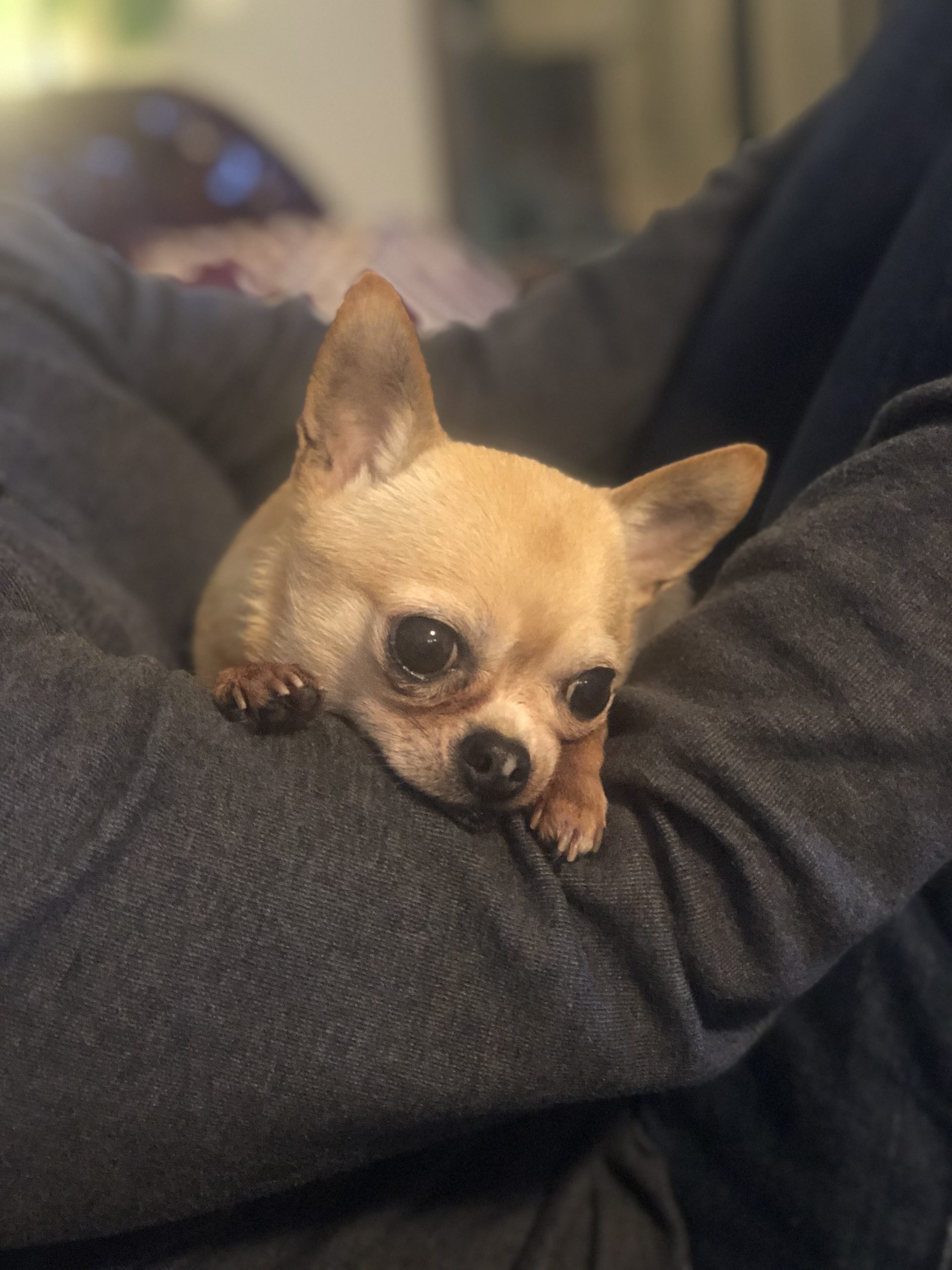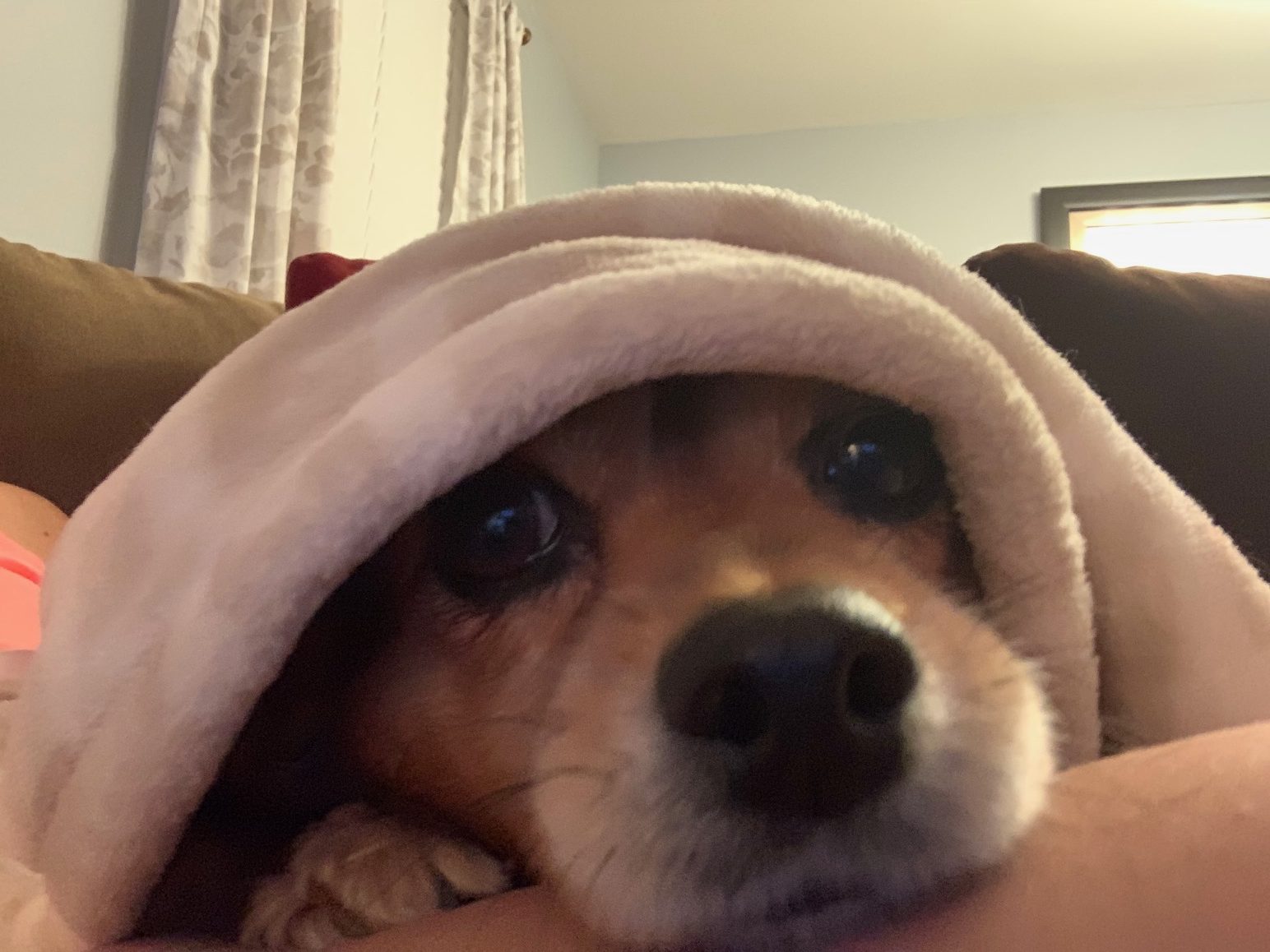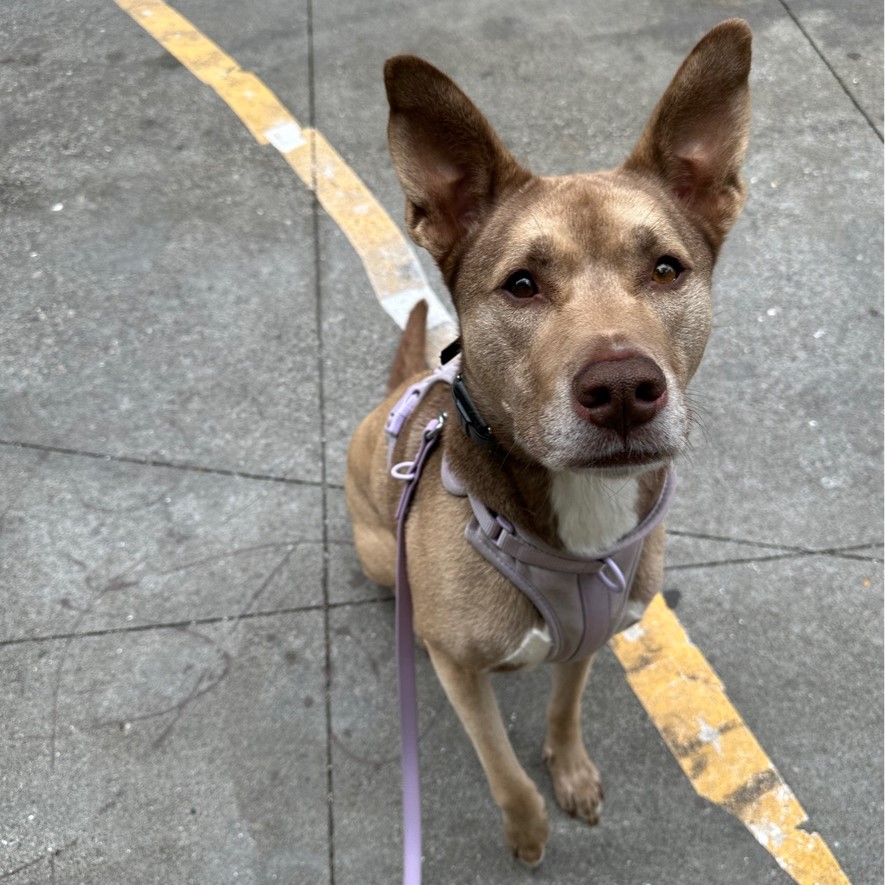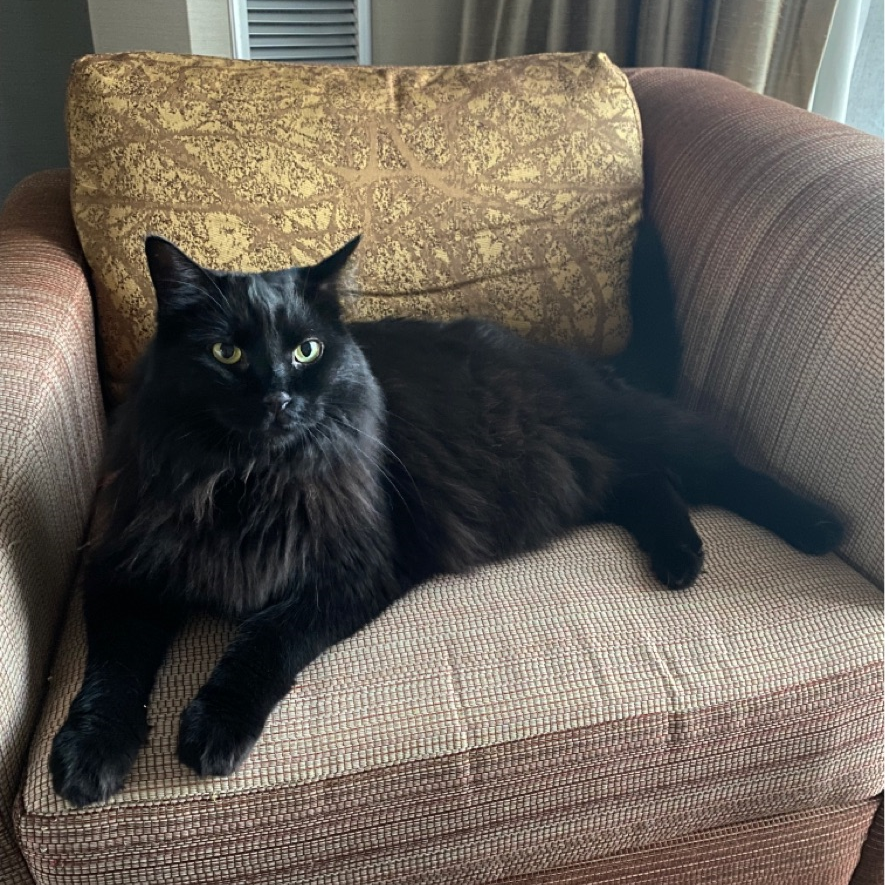Estate Planning for Animal Lovers


When thinking about estate planning, many topics come to mind – like, what property, houses, and cars you own, who will handle the distribution of your assets, and how you will care for your children, grandchildren, and other loved ones. Often overlooked, however, is the care for our beloved, furry companions: our pets. Although you can’t leave money directly to your pets (because they’re legally considered as ‘property’), you can make plans to ensure your pets are cared for and that the necessary resources are available to the caretaker.
Here, we share a few steps you can take to ensure your pets are cared for by the people you choose and in the ways you desire.
- Identify the person you would most like to take care of your pets if something were to happen to you. Then, identify backup caretakers.
- By identifying backups, you ensure your pets will be taken care of even if your first choice is unavailable or uninterested in doing so for some reason. Or, for example, if your primary caretaker travels a lot, the backup could take care of your pets when the primary is traveling.
- Once you choose your caretakers, don’t forget to talk to these people!
- Be sure the designated care takers are willing to be selected for this role and be sure they know your wishes and desires for how to take care of your pet(s). This is also the time to let them know if you will be leaving specific resources (money) to help them care for your pets appropriately.
- As your pet’s beloved caretaker, you know best how to care for your pet. Accordingly, it is important to formally outline what the caretaker should do, what the caretaker should not do, and how any funds left for your pet should be spent.
-
- Unfortunately, informal plans including “promises” made by friends or family to care for your pet often fail. To truly ensure continual care for your companion, you must put your desired arrangements down on paper and make your designations official. This can be done in one of two ways: via your will or a pet trust.
-
-
- Including Your Pet in Your Will: Instructing for the care of your pets in your will is an easy way to note your desires. But, it may not be ideal — wills may dictate where the pet goes immediately upon your passing, but a will doesn’t have the ability to provide for ongoing instructions and funding for the care of your pets. For example, it may leave $5,000 to the caretaker for the care of the pet, but it does so all at once. There is not a way to leave $5,000, to be distributed only as needed for the pet’s care.
-
-
-
- Creating a Pet Trust: A pet trust, on the other hand, does provide the ability for a trustee (if different from the caretaker) to dole funds out to the caretaker on a specific schedule, or as needed, and provides the ability to have the trustee check in on the pet’s health, care, and living conditions.
-
- As is the case for any estate document, review your choices periodically.
- Friendships may change; pets come and go; life happens. It’s important to review the designations you make periodically to ensure they align with your current wishes and desires. And if they don’t, be sure to make the necessary updates.
To summarize, estate planning for your pets is best done following these three steps:
- Brainstorm your desired caretakers (primary and backup) and your wishes for how to care for your pet.
- Have conversations with the caretakers you identify and the family and friends closest to you to ensure they are willing to accept their role as your pet’s caretaker and understand how to implement your desires.
- Make your wishes official by including your pet in your will or talking to your estate attorney to create a pet trust. Be sure to revisit any official documents periodically to ensure the caretakers, pets, and desires are current.
And of course, there are often multiple ways to make arrangements depending on your specific situation. So, most importantly, talk to your estate planning attorney to determine the best way to carry out your wishes! We’re always here to help start the conversation.
The Yeske Buie Team’s Four-Legged Friends
